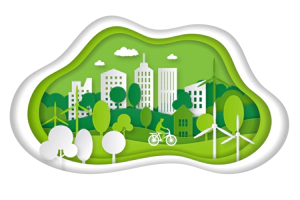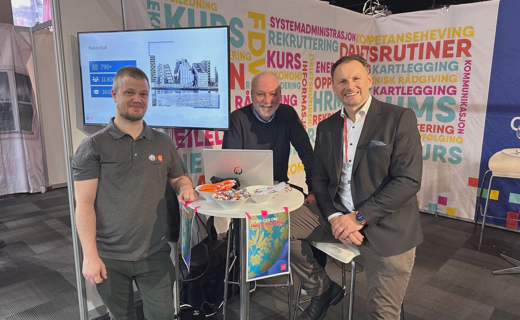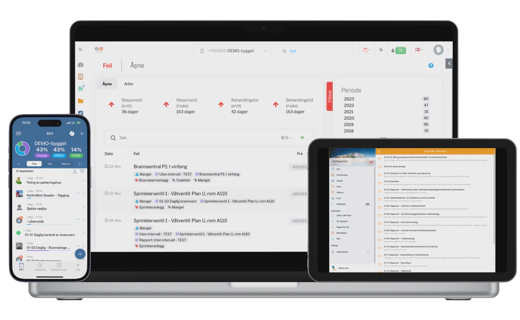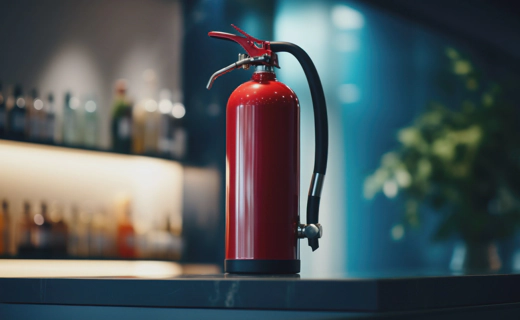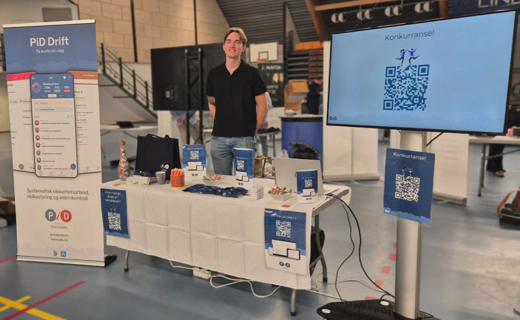Fire safety as part of the sustainability strategy
2025-10-23 Academic News PiD Drift
Sustainability has become a central theme throughout the construction and real estate industry. It is no longer just about energy and material selection, but about how buildings are managed, operated and secured for the future. An area that often ends up a bit in the shadow of the classic environmental themes is fire safety – even though in practice it is one of the most effective forms of prevention we have.
Fire safety is also environmental protection
A fire can throw an entire sustainability account out of play in a matter of minutes. When a building with its contents of goods and machinery has to be rehabilitated or demolished as a result of a fire, not only values disappear – the built-in energy and resources are also lost. By ensuring good fire safety, you therefore not only reduce risk, but also the environmental impact from a fire related to emissions to the air and runoff of firefighting water, waste and resource use for new production of lost goods and buildings.
Prevention as part of sustainability efforts
Prevention is primarily a legally mandated safety measure, but it is also an important contribution to a more sustainable society. The fewer fires we have, the less energy and resources are lost. When building new properties, there is a strong focus on the environment, and many are praised for choosing environmentally friendly solutions. In several cases, it is required to follow specific environmental standards in order to get a construction loan, and some municipalities set environmental requirements in order to grant a building permit.

Choices that affect both climate and safety
Traditional construction methods with concrete and steel provide high fire safety, but affect the climate account more than buildings made of solid wood and glulam. The choice of materials is therefore often about finding the balance between sustainability and safety. New, more environmentally friendly solutions can entail an increased fire risk, and then one must compensate with good fire safety measures.
Developers should be given both encouragement and financial benefits from keeping their buildings in good condition. Good routines and control systems contribute to fewer damages and lower environmental impact. The most effective thing you as the owner of an existing building can do for the environment is simply to take care of what you already have.
Systematics create sustainability
A modern FDV system like PiD Drift makes it possible to collect all fire technical documentation, inspections and follow-up of deviations in one place.
With clear routines and automated notifications in PiD Drift, the operating organization and you as the owner gain control over:
- Service intervals for fire technical installations
- Follow-up of deviations and measures to close the deviations
- History and audit trail during inspections
This provides both security and traceability – and is a prerequisite for environmental certifications such as BREEAM and ISO 14001.
Holistic management for safety and the environment
Fire safety, internal control and environmental management are closely linked. They are all about identifying risks, planning measures and documenting the work. When everything is collected digitally, you get a better overview and can show that the business is actually working systematically on improvement.
Safety as a sustainable practice
When fire safety is managed in a structured way, we not only protect people and assets, but also the environment and the resources that have already been used. That is sustainability in practice – quietly but decisively.
Fire safety should therefore be a natural part of any sustainability strategy. With good routines, digital documentation and systematic follow-up, safety and the environment become two sides of the same coin; and both last longer when taken care of.
